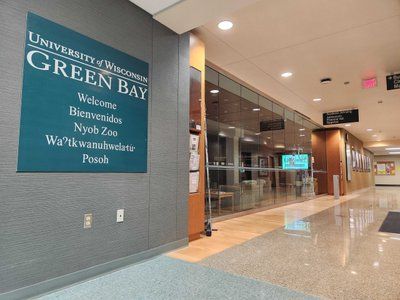By Tom Still
MADISON – Wisconsin is a state with an aging population, a below-average percentage of adults with four-year college degrees and wages that are below the per capita U.S. average. How can the state build and retain the workforce its needs to prosper in the 21st century economy?
It must get a lot smarter about building upon assets that can reverse all three trends.
A study committee organized through the Legislative Council, which acts as the non-partisan research arm for the Wisconsin Legislature, is trying to do precisely that. The Special Committee on Building Wisconsin’s Workforce is hearing from experts from business, labor, academia and government to determine how the state educate and keep enough skilled workers in fields where the demand appears high.
The committee will make recommendations for coordinating “existing resources of K-12 educational institutions, technical colleges, universities, government agencies and private organizations” to meet workforce needs in health care, skilled trades, construction, advanced manufacturing and technology.
Why those sectors? There are shortages of workers, current or predicted, in all five fields. At the same time, they’re sectors that generally pay well and which offer opportunities for young people to engage in fulfilling careers that can last a lifetime.
Wisconsin is reputed for having a workforce that is well-educated, possessing of a solid work ethic and generally productive. But there are holes in the fabric. While Wisconsin has an above-average number of workers with high-school and two-year college degrees, it ranks below the U.S. average in terms of adults with four-year college degrees. Some employers complain they must retrain young workers who lack math and science skills. Others say it’s the “soft skills,” such as writing, communicating and working in teams, which are lacking.
There are specific shortages in fields such as health care, skilled trades and construction, depending on the region of the state and time of year. There are even shortages in various segments of manufacturing, despite the loss of manufacturing jobs that began nearly 10 years ago. Why? Much of manufacturing today requires a different, more tech-oriented worker. Today’s factories are rarely the gritty, noisy foundries of years gone by; they are more often clean, sleek and jammed with technology.
The technology sector has grown significantly in Wisconsin over 10 years, but some of its employers report specific labor shortages. In part because the “offshoring” phenomenon persuaded Americans that information technology jobs were fleeing overseas, not enough young people are entering those fields. Many information technology employers say they are looking for IT workers – network specialists, software programmers and more – who are primarily “problem solvers” and able to use their technical skills to do so.
The best information technology jobs stayed here in the United States, industry experts say, and they need more workers to fill them. Unfortunately, fewer freshmen entering college are reporting plans to major in computer science or electrical engineering. That means reinvigorating a sense of excitement at students before they reach college, at the high school and even middle-school levels.
In life science technology, there’s a demand for more Ph.D. trained scientists – but also laboratory technicians who may have earned a two-year degree. The rapidly emerging fields of energy and “cleantech” technologies will also offer high-wage jobs. And for any technology company to succeed, it must also have managers who are able to move the organization to the next step.
Wisconsin’s educational system is doing a better job of preparing students of all ages for 21st century jobs, in part because the institutions that make up that system are trying to work together on transferring credits, removing unnecessary overlap and responding to industry needs. But much work remains to be done – especially in reaching young people who can easily fall through the cracks.
Wisconsin needs more welders – and more computer programmers. It needs more health-care professionals – and more environmental engineers. Designing a system to provide them before the market looks elsewhere is the challenge.
Still is president of the Wisconsin Technology Council. He is the former associate editor of the Wisconsin State Journal in Madison. To learn more about the Legislative Council’s Special Committee on Building Wisconsin’s Workforce, go to http://www.legis.state.wi.us/lc/committees/study/2008/WORK/index.htm
###





